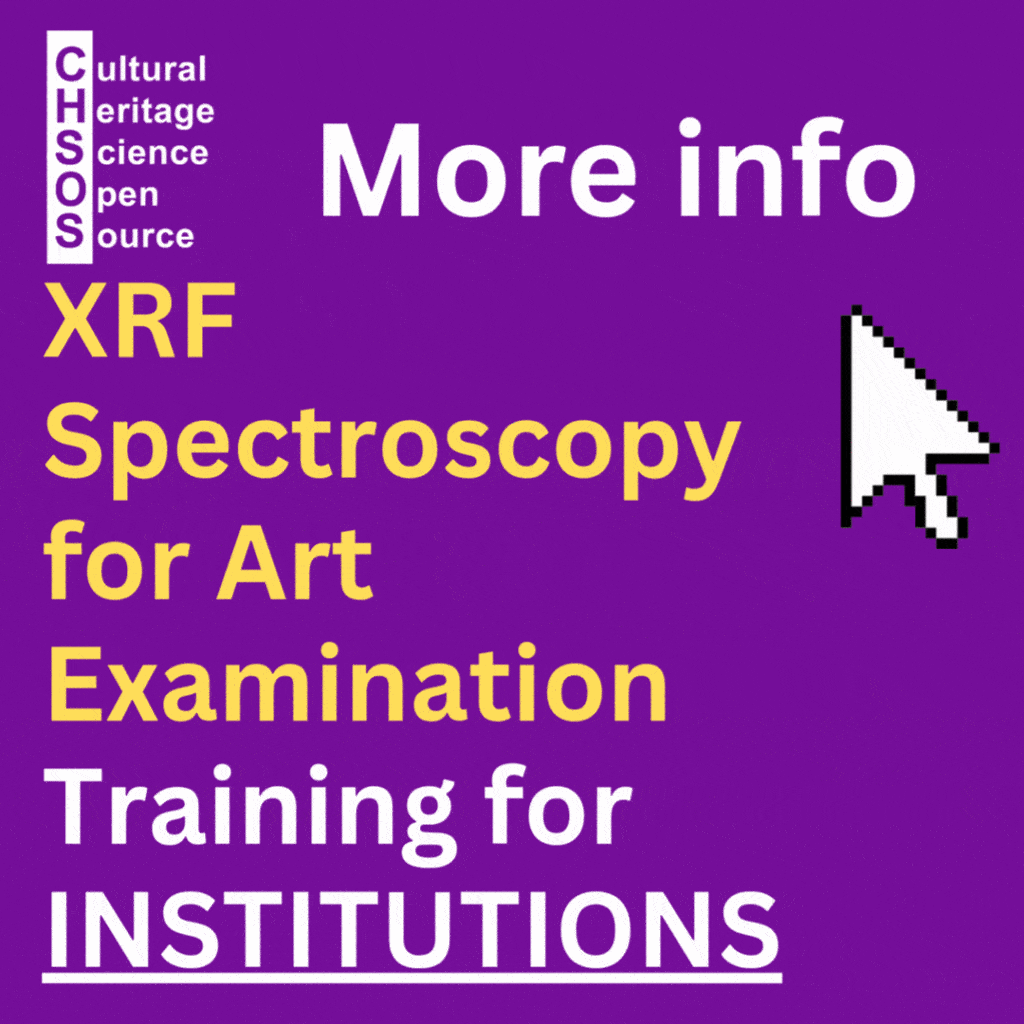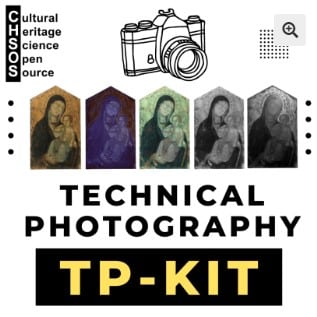
This lesson explores how to distinguish between old and modern iron using XRF spectroscopy. Focusing on iron used as a primary metal, the lesson examines changes in production methods that introduced manganese to improve iron strength. Through the analysis of two iron nails, we will learn how elemental composition can help date metal objects.
Objectives
- Recognize the historical transition in iron production around 1850.
- Understand the role of sulfur and manganese in iron metallurgy.
- Use XRF data to identify the presence of manganese as an indicator of post-1850 iron.
- Compare XRF spectra to differentiate old iron from modern treated iron.
Materials
- Two iron nails (pre- and post-1850)
Lesson Plan
- Introduction to the problem: how to distinguish old iron from new.
- Brief overview of changes in iron metallurgy around 1850.
- Discussion of sulfur in iron and the innovation of adding manganese to reduce brittleness.
- Explanation of the chemical reaction forming manganese sulfide.
- Demonstration: XRF analysis of two nails.
- Comparison of spectra with emphasis on manganese Kα peak presence.









